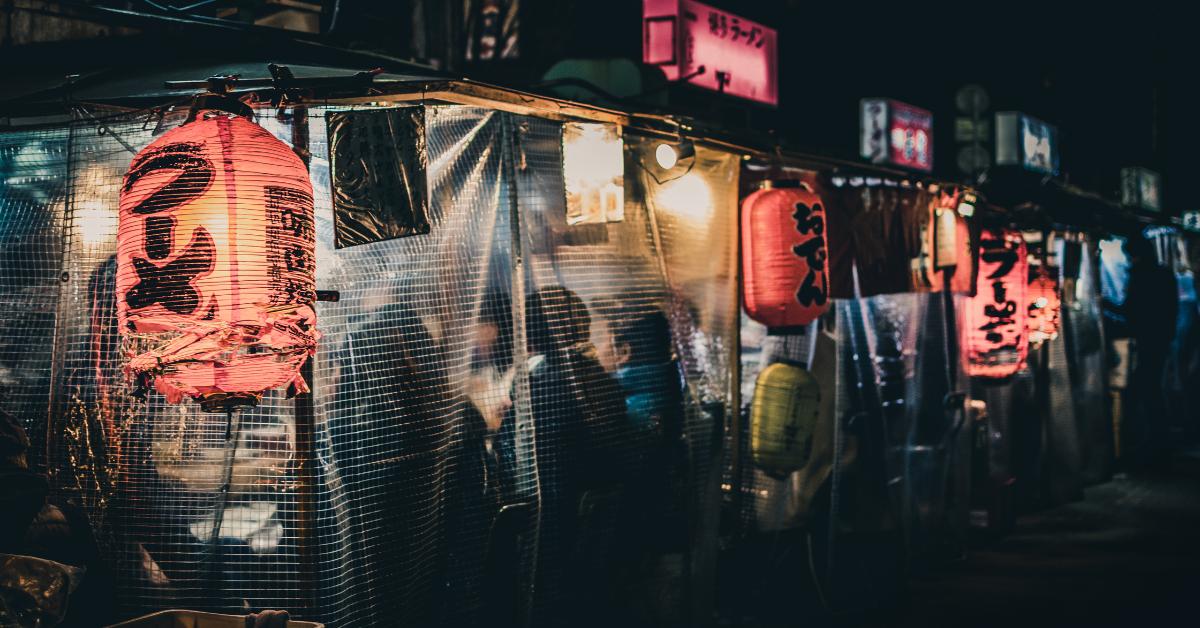Fukuoka has recently been gaining attention as a highly livable and easily accessible destination in Japan. Its compact city layout, vibrant local culture, and distinct culinary identity make it a perfect choice for travelers seeking a more authentic experience.
Fukuoka’s Core Appeal as a Tourist City
Fukuoka, located in northern Kyushu, is a designated city known for its compact urban planning and well-balanced blend of nature, culture, and modern infrastructure. Its proximity between Fukuoka Airport and the city center, reachable in just five minutes by subway, is a rare convenience even by global standards. This ease of access minimizes travel stress for international visitors, allowing them to begin sightseeing immediately after arrival.
The city center is rich with historical sites, shopping complexes, and entertainment districts, while destinations like the coastal Itoshima or the cultural heritage of Dazaifu are only a short ride away. This geographical compactness allows for a varied sightseeing experience within a short time, offering urban vibrancy, scenic nature, and historical immersion all in one trip. Fukuoka’s appeal lies in its harmony—between modern and traditional, city and nature.
Fukuoka’s Tourist Hotspots and Foreign Visitor Perceptions
Fukuoka’s tourism appeal spans various categories—history, culture, nature, and cuisine. Among the most visited spots are Dazaifu Tenmangu Shrine, Fukuoka Tower, Itoshima, Yanagawa, and the bustling Hakata Station area.
| Tourist Spot | Key Features | Visitor Impressions |
|---|---|---|
| Dazaifu Tenmangu | Shrine for the deity of learning | Immersive cultural and historical atmosphere |
| Fukuoka Tower | Panoramic views of city and sea | Spectacular daytime and nighttime views |
| Itoshima | Seaside cafes and nature-rich landscapes | Trendy and photogenic, especially among youth |
| Yanagawa | Traditional riverboat city | Calm and nostalgic, distinct from urban Japan |
| Hakata Station | Transportation, shopping, and dining hub | Convenient and foreigner-friendly infrastructure |
Social media posts often praise Fukuoka for being peaceful, easily navigable, and for offering genuine human interactions. Non-urban destinations like Itoshima and Yanagawa are especially appreciated by foreign travelers seeking relaxed and memorable local experiences.
Fukuoka’s Culinary Appeal and Its Impact on Tourism
Food is an integral part of Fukuoka’s tourism identity. Hakata ramen, with its thick tonkotsu broth and fine noodles, is a must-try for many foreign visitors. Fukuoka’s yatai (street stalls) culture adds another layer of uniqueness—travelers dine shoulder-to-shoulder with locals, making for spontaneous and memorable moments.
Below is a summary of popular local dishes:
| Dish | Description | Why Tourists Love It |
|---|---|---|
| Hakata Ramen | Pork bone broth with thin noodles | Authentic flavor only found locally |
| Yatai Street Foods | Skewers, oden, and local snacks | Casual, lively, and culturally immersive |
| Mentaiko | Spicy cod roe | Uniquely Japanese, pairs well with rice |
| Goboten Udon | Burdock tempura over thick udon | Regional specialty, new taste experience |
| Mizutaki | Chicken hotpot | Healthy and flavorful, popular with all ages |
Fukuoka’s culinary scene is not only affordable but also accessible, making it a welcoming city for first-time visitors and food lovers alike.
Fukuoka’s Strengths Compared to Other Major Cities
When compared with Tokyo, Kyoto, and Osaka, Fukuoka stands out for its travel efficiency, compact layout, and lower congestion levels. Here’s a comparative overview:
| Factor | Fukuoka | Tokyo | Osaka | Kyoto |
|---|---|---|---|---|
| Airport Proximity | Very close (5 min) | Far (up to 90 min) | Moderate (30 min) | Far (around 1 hour) |
| Tourist Spot Density | High (centralized) | Low (scattered) | High (urban core) | Medium (temple spread) |
| Crowds | Low to moderate | High | High | Very high |
| Food Culture | Yatai and local cuisine | International variety | Street food and casual | Traditional kaiseki |
Fukuoka combines urban sophistication with small-town comfort, making it an attractive alternative to Japan’s over-touristed hubs.
Steps to Enhance Fukuoka’s International Appeal
While Fukuoka already ranks high among Japan’s tourist cities, further improvements can boost its global presence. Enhancing multilingual support, particularly on signage, menus, and transport systems, will reduce traveler anxiety. Additionally, digital tools such as apps, AR-guided tours, and audio guides can deepen visitor engagement.
Below are strategic focus areas:
| Area of Improvement | Initiative | Anticipated Impact |
|---|---|---|
| Language Support | Multilingual signage and materials | Increased comfort and satisfaction |
| Digital Integration | Tourist apps, AR, audio guides | Enhanced cultural understanding |
| Event Accessibility | English guides for local festivals | Greater cultural appreciation |
| Local Interaction | Volunteer guides, homestays | Stronger emotional connection, repeat visits |
Through these enhancements, Fukuoka can transition from a “pleasant destination” to a “must-return experience”.
Conclusion
Fukuoka is a rare city that offers proximity, diversity, cultural richness, and human warmth—all within a manageable and welcoming environment. With ongoing improvements in accessibility, infrastructure, and visitor services, Fukuoka is poised to become one of Japan’s premier international tourism hubs.
As Japan continues to evolve its tourism landscape, Fukuoka stands out as a model for inclusive, comfortable, and authentic travel. The city’s ability to offer both simplicity and depth ensures that it will not only attract but also retain the interest of global travelers for years to come.






